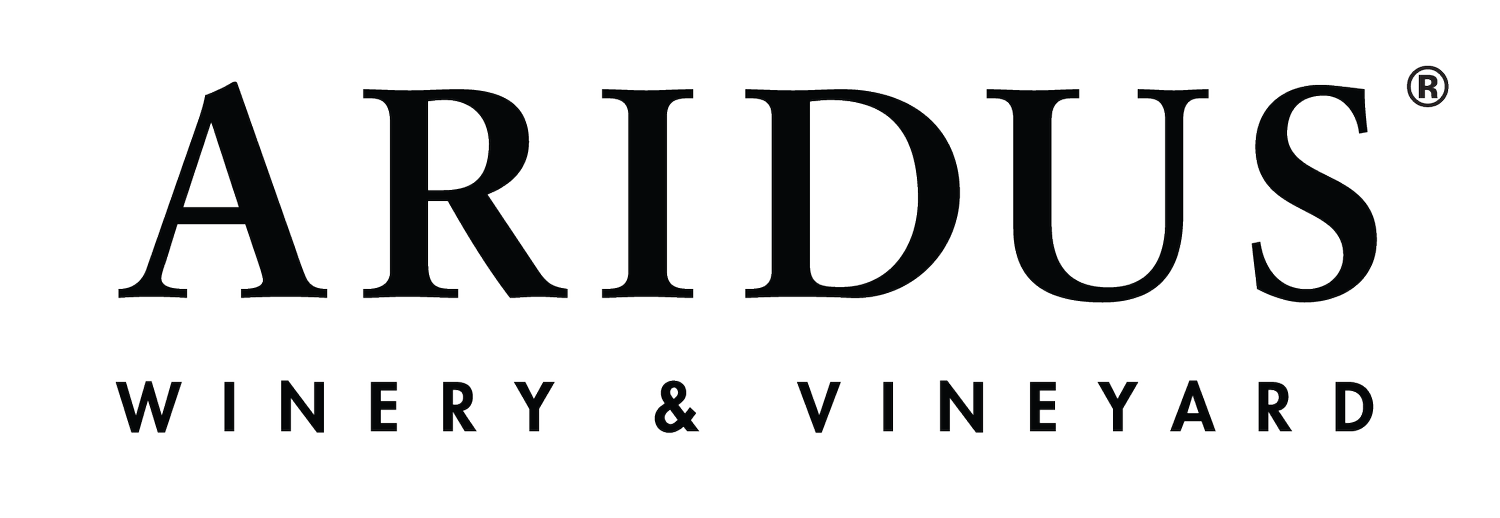Sauvignon Blanc vs Chardonnay: What’s the Difference?
Sauvignon Blanc
Sauvignon Blanc originated in France’s Loire Valley and is first mentioned in texts in the mid 1500s. Its parents are the grape Sauvignon and another unknown variety. It is the parent of Cabernet Sauvignon and a sibling to Chenin Blanc. It is very vigorous in its growth. The wines made from Sauvignon Blanc are known for being high in acid, with flavors that range from grass and gooseberry in cooler climates to citrus and tropical fruits in warmer climates. Everyone’s favorite descriptor for Sauvignon Blanc is “cat pee,” and anyone who has shared a home with a cat can attest to the veracity of this. Regardless, wines made from Sauvignon Blanc are highly distinctive and typically quite intensely aromatic. This is due to the presence of methoxypyrazines, which give the wine its green aromas and flavors, and thiols, which contribute fruit aroma and flavor precursors that are unlocked during fermentation. Many Sauvignon Blancs may have a small amount of residual sugar that is not necessarily apparent on the palate, given the high level of acid that makes them taste dry.
As for where Sauvignon Blanc is grown, France leads the world with 66,000+ acres, with significant plantings in the US (about 17,000 acres), Chile (20,000 acres), South Africa (23,000 acres) and New Zealand at 44,000+ acres. In fact, so influential has New Zealand been in terms of Sauvignon Blanc production that the fruit-driven, bright aromatics that many people think of when considering the variety are likely due to the huge splash that New Zealand made on the scene in the 1990s with their expressions of Sauvignon Blanc.
Chardonnay
Chardonnay likely originated in northeastern France somewhere between Lyon and Dijon, and was first described in the late 1600s. It is the offspring of Pinot Noir and Gouais Blanc, and is the sibling of Gamay. It is an early ripening variety, and generally rather easy to grow. Chardonnay itself is an incredibly versatile grape which can be made into a huge variety of styles. When grown in cool climates, it can produce wines that are tart, lean and refreshing. It is one of the primary grapes used in Champagne (and by extension, most methode Champenoise expressions throughout the world). In warmer areas it can taste of pineapple, melon, and peach, and depending on the oak treatment used, can have rich notes of vanilla. It takes well to a variety of winemaking tools, such as barrel fermentation, lees stirring, and malolactic fermentation. If these are used, the resulting wine may taste buttery from the conversion of malic acid to lactic acid, have biscuity notes from the yeast, and generally feel round on the palate. Because many Chardonnays have this rounded feel, and may have some sweet aromatics, even a fully dry Chardonnay might be perceived as slightly sweet. The versatility of the grape and the range of wines produced from it means that, even through periods of falling out of vogue, it persists as a style that can please nearly every wine drinker.
France dominates the world in Chardonnay production with 110,000 acres. Italy has planted 29,000 acres, California 28,000, Chile 21,000, and Australia has the second-most Chardonnay acreage in the world with 78,000 acres. Throughout all these places and more, the style of Chardonnay is determined not only by the climate, but the hand of the winemaker.
Sauvignon Blanc vs Chardonnay
So which to choose? These are both quite versatile wines, and both pair quite well with a variety of foods. Think about what you’re pairing the wine with and what you want to enhance about the meal, or the drinking experience. For me, Sauvignon Blanc is often my go-to for vegetable-based meals. The high acid level means that it can stand up well to a variety of salad dressings, and the green notes in the wine play well off vegetables. Fish are also well suited to pairing with Sauvignon Blanc – especially if given a citrus marinade. If you’re looking for a wine with a similar acid level, but not the over-the-top fruitiness, I’d reach for a cool climate Chardonnay such as a Chablis, which comes from Burgundy. The wine will have a similar mouthfeel, but with notes of green apple and some flintiness. And with dishes that involve a creamy sort of sauce, I love a warm climate, oaky Chardonnay. The subtle sweetness of the cream and the wine play off one another for an unbeatable taste. Plus, the weight of the dish and the weight of the wine make for a seamless sip to bite to sip experience. For any dish that you want to enhance, rather than cut through, the sweetness and weight, a classic oaky Chardonnay is just the ticket.
Luckily at Aridus, we produce both Sauvignon Blanc and Chardonnay. Why not pick up a bottle of each and try them out yourself?

